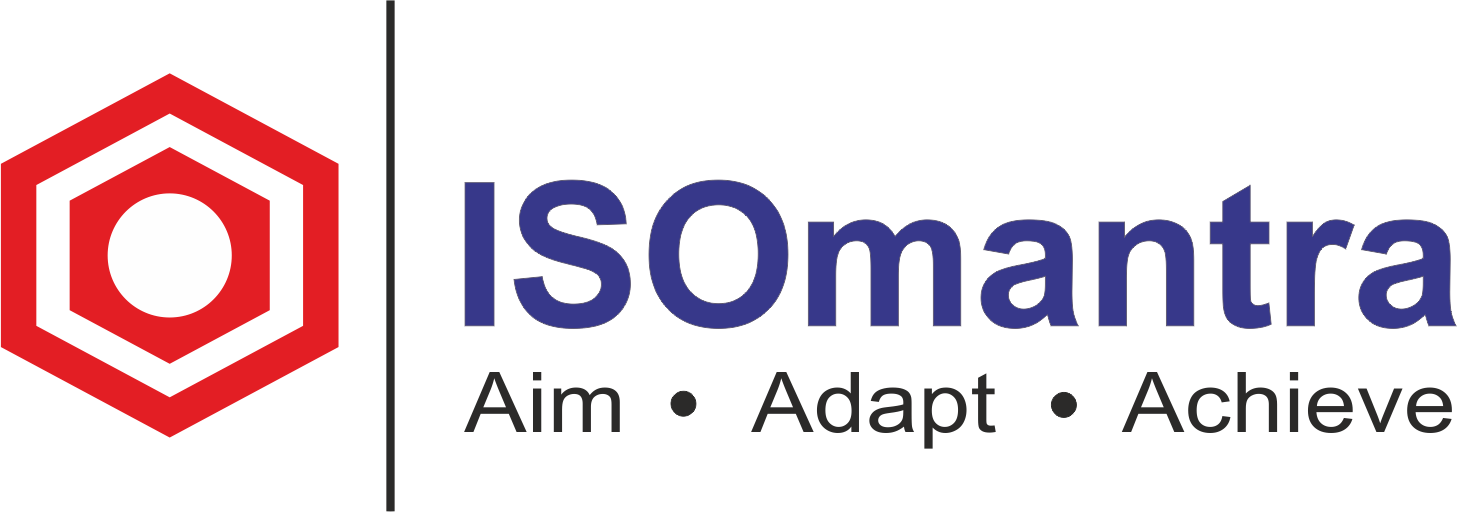ISO 22301: Everything You Need to Know
ISO 22301 specifies the requirements that an organisation must meet in order to approve a Business Continuity Management System (BCMS). To comply with the terms of this standard, the organisation must establish a model for developing, implementing, operating, monitoring, reviewing, maintaining, and improving a BCMS to strengthen an organization’s resilience in the event of a disaster.

The worldwide standard for Business Continuity Management Systems, ISO 22301:2019, has been amended. This standard incorporates a best practise framework to assist enterprises in efficiently managing the impact of a disruption to their normal operations. It is not necessary for the standard to achieve 100% disruption impact reduction. Its purpose is to assist an organisation in determining the quantity and type of impact it is willing to accept following a disruption. Following that, the organisation creates a business continuity system that is appropriately sized for the organization’s needs.
What exactly is BCP (Business Continuity Planning)?
Business Continuity refers to an organization’s capacity to maintain essential functions during and after a disaster. Business Continuity Planning establishes risk management methods and procedures with the goal of preventing interruptions to mission-critical services and restoring full organisation performance as fast and effectively as possible.
The primary criterion for basic business continuity is to maintain critical functions operational during a crisis and recover with as little downtime as possible. Natural catastrophes, fires, disease outbreaks, cyberattacks, and other external hazards are all considered in a business continuity strategy.
What exactly is BCMS (Business Continuity Management System)?
The Business Continuity Management System’s objective is to prepare for, supply, and maintain controls and capabilities for managing an organization’s overall ability to continue operating amid disruptions.

